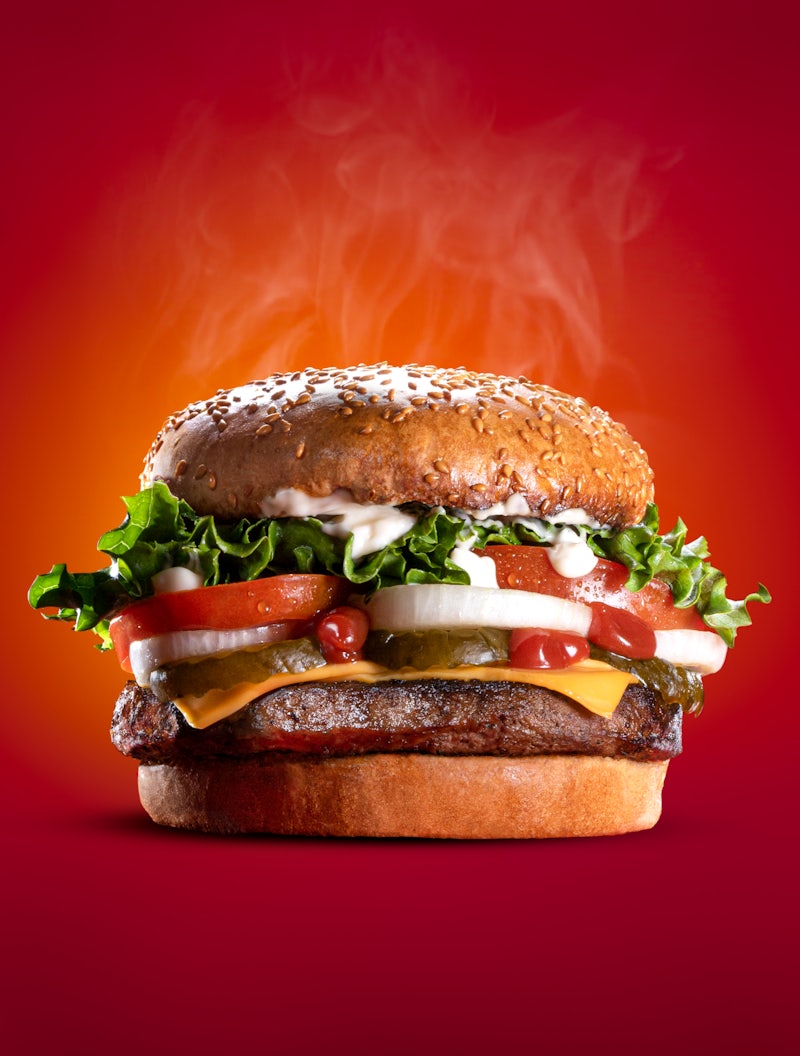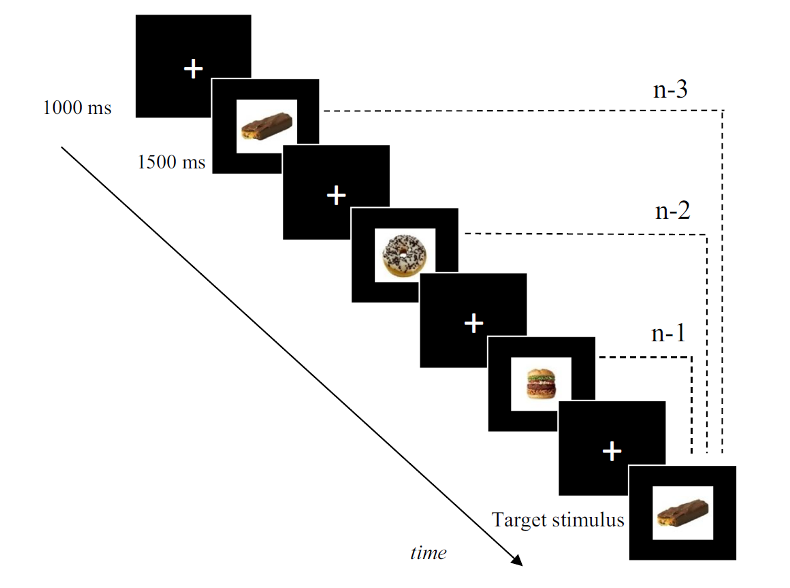Have you ever noticed that restaurants often advertise their food with vibrant, bright colors—highlighting every juicy morsel of the meal? The reasoning is simple: colorful photography makes the food more appetizing and makes us (the viewer) more likely to buy it. Some believe that this type of advertising even contributes to overeating habits when marketing high-calorie foods.

Low-calorie foods can also be rich in color. Adding colorful fruits and vegetables to your diet has excellent nutritional benefits. The color can also have a significant impact on deciding which item to eat. Looking at the two images below, which one would you select to include in your next meal?

In a paper published in Psychonomic Society journal Attention, Perception, & Psychophysics, Emre Gurbuz and Ahu Gokce looked at the impact that color in our food has on working memory. Working memory is the cognitive process that helps us store information for a brief period of time. We are limited in the number of items we can maintain in working memory. In their research, Gurbuz and Gokce looked at how food items interact with a working memory task.

The task at hand was an n-back experiment. Participants were shown a series of images, and for each image, they had to indicate whether they saw that image in the recent sequence. For n-1 trials, they had to say whether the image was the same as the one before (the easiest version of this test). For n-2 trials, they had to remember if the image was the same as two trials before (slightly more challenging). For n-3 trials, they had to think back to three trials before. In the current study, the accuracy for n-3 trials was about chance level, so Gurbuz and Gokce removed this decidedly difficult level from the analyses.

Gurbuz and Gokce were interested in n-1 (low working memory load) and n-2 (high working memory load) trials for this study. They measured reaction time (how quickly a participant responded that the image was the same or different), and found that the high-load condition was significantly slower than the low-load condition. Remembering an image two trials back took more time than one trial back.
They also found interesting effects when changing the color of the stimuli. In one experiment, they used all color stimuli, and in a separate experiment, they used grayscale stimuli. In both experiments, the images consisted of high-calorie foods, low-calorie foods, and non-food objects. The high-calorie food images led to overall slower response times and less accurate responses when presented in color but not in grayscale.
So what’s the deal with color? Well, color has a huge impact on what and how we eat. A number of studies (cited in this paper) have shown that color affects food recognition, desirability, and perception of flavor. When participants in this study saw food in grayscale, they likely didn’t experience the same cravings as the appetizing colorful foods. As a result, grayish foods did not interfere with working memory as heavily.
Gurbuz and Gokce also looked at the eating styles of their participants. They categorized individuals as restrained eaters (following dietary rules and monitoring food intake) and unrestrained eaters (not actively monitoring or inhibiting food consumption). Their hypothesis was that restrained eaters would have a more difficult time in the working memory task because they may devote more cognitive energy to processing the food images. However, the results did not show a difference between these groups of eaters.
The findings from this work show that colorful images of high-calorie foods can impair working memory. This information may be useful to develop intervention strategies to reduce the palatability of high-calorie food and promote healthy food consumption.
Check out the article for more details, and visit the Visual Cognition Lab (@visualcogkhas on X) at Kadir Has University for more work from these authors.
Featured Psychonomic Society article
Gurbuz, E., & Gokce, A. (2023). Visual processing of food stimuli: The impact of working memory load and color. Attention, Perception, & Psychophysics, 85, 1722-1732. https://doi.org/10.3758/s13414-023-02662-z
